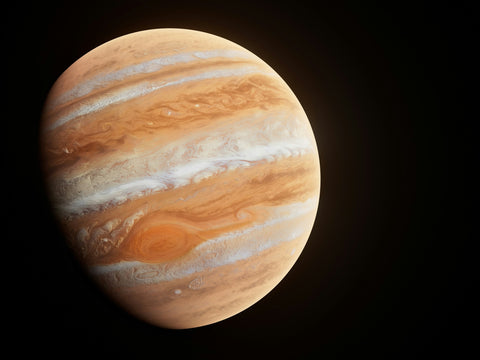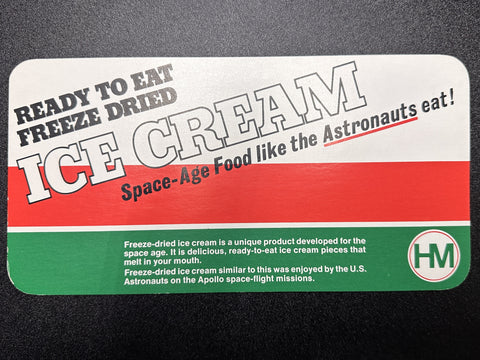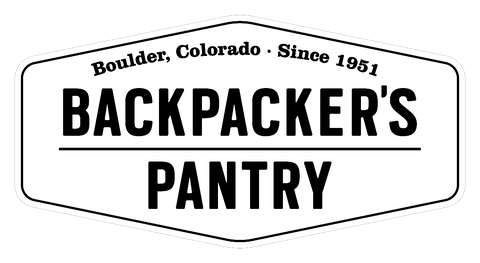This year we are celebrating the 50th Anniversary of Astronaut Ice Cream! That’s right- we are the original source for freeze-dried astronaut ice cream, and our unique snacks have been number one on the planet since 1974. But ice cream wasn't only the big news in space that year.
1974 was a big year for us and a big year for space exploration. Here are five other exciting things that happened in space in 1974:

Venus, captured by Mariner 10. Photo by NASA.
Mariner 10 Mission: The Mariner 10 Mission saw a lot of firsts. According to NASA, “Mariner 10 was the first spacecraft sent to the planet Mercury; the first mission to explore two planets (Mercury and Venus) during a single mission; the first to return to its primary destination for another look; and the first to use a gravity assist to change its flight path.” During its successful mission, which lasted a little over a year, Mariner 10 returned 2,700 pictures of Mercury and 4,165 photos of Venus. It gave scientists valuable information about the two planets’ atmosphere, environment, and surface characteristics.
Arecibo Radio Telescope sends a message into space: In 1974, the Arecibo Radio Telescope sent a message to the aliens! The Arecibo Radio Telescope was a 305m spherical telescope located near Arecibo, Costa Rica. It was the world’s largest telescope for decades and remained active until 2020. On November 16, 1974, it sent out the most powerful broadcast ever sent to space. The message was sent to the M13 globular star cluster with the goal of contacting extraterrestrial life. The message contained information about our technological advancements and basic information about Earth.

Skylab 4 Astronauts. Photo by NASA.
Skylab 4 mission complete: The Skylab 4 completed its successful mission on February 8, 1974. NASA’s Skylab missions aimed “to prove that humans could live and work in space for extended periods, and to expand our knowledge of solar astronomy well beyond Earth-based observations.” Skylab 4 was the final Skylab mission. It lasted a record-breaking 84 days, during which astronauts on board Gerald P. Carr, Edward G. Gibson, and William R. Pogue orbited the Earth 1,214 times.
Pioneer 10: The Pioneer 10 mission also saw a lot of firsts, including being NASA’s first mission to the outer planets. Pioneer 10 launched in 1972 and remained active for more than 30 years. The mission helped scientists observe the outer planets in unprecedented ways. In January 1974, Pioneer 10 sent 500 images of Jupiter and its satellites and became the first spacecraft to return data on a long-period comet.
Preparations for the Apollo-Soyuz Test Project: Though it did not launch until 1975, critical preparations for the Preparations for the Apollo-Soyuz Test Project were made in 1974. This project was the first multinational crewed mission, and the first time two nations collaborated in space. The mission had three crewmembers from the United States and two from the Soviet Union. According to NASA, the mission was “designed to test the compatibility of rendezvous and docking systems and the possibility of an international space rescue.”
What we will discover in the next 50 years?






